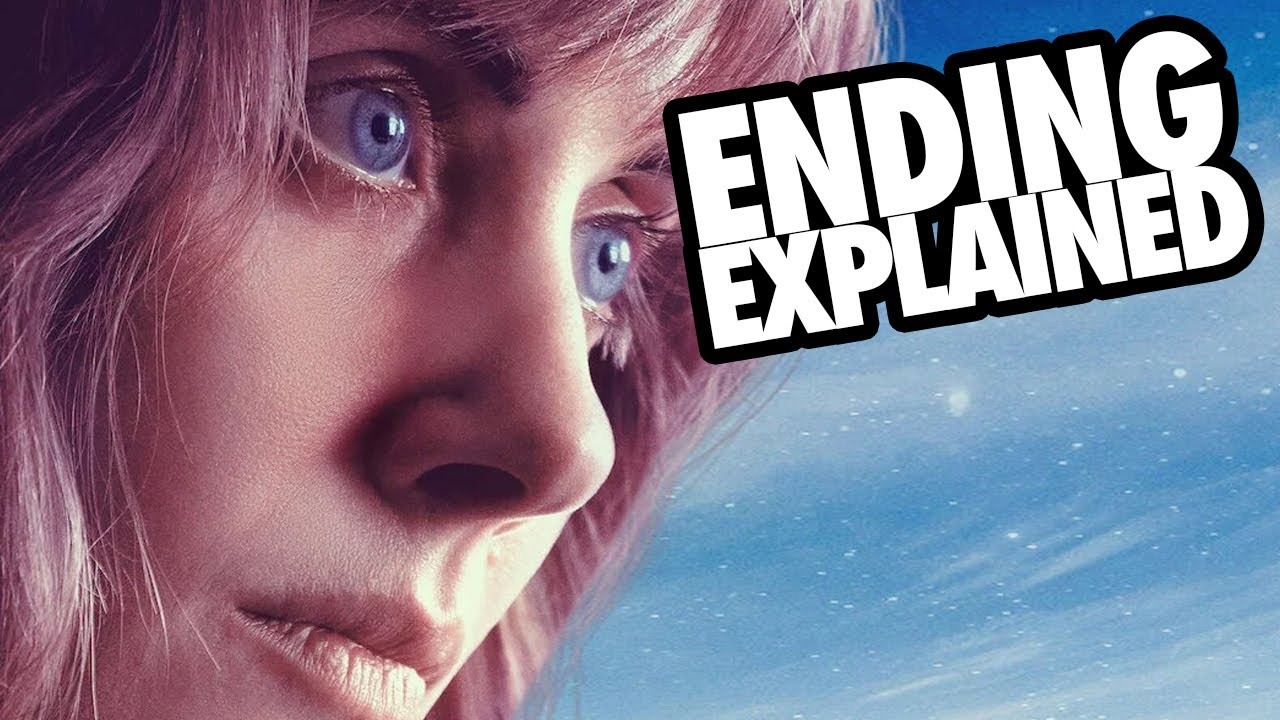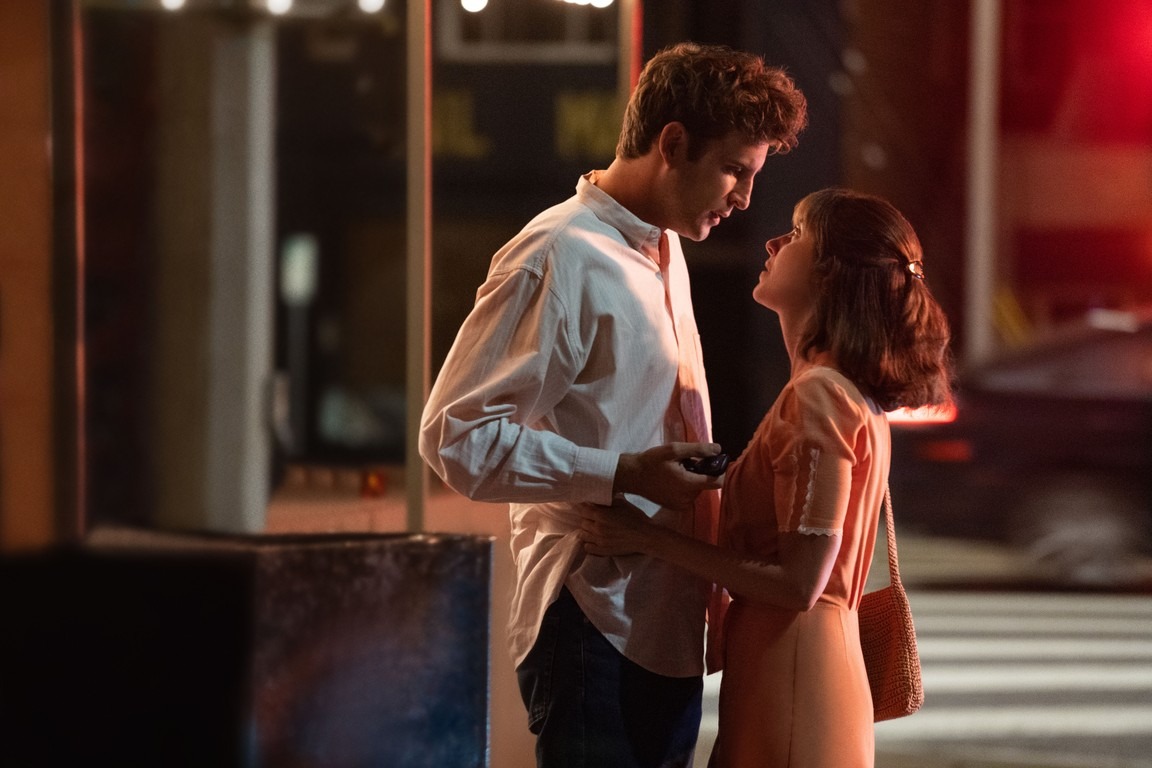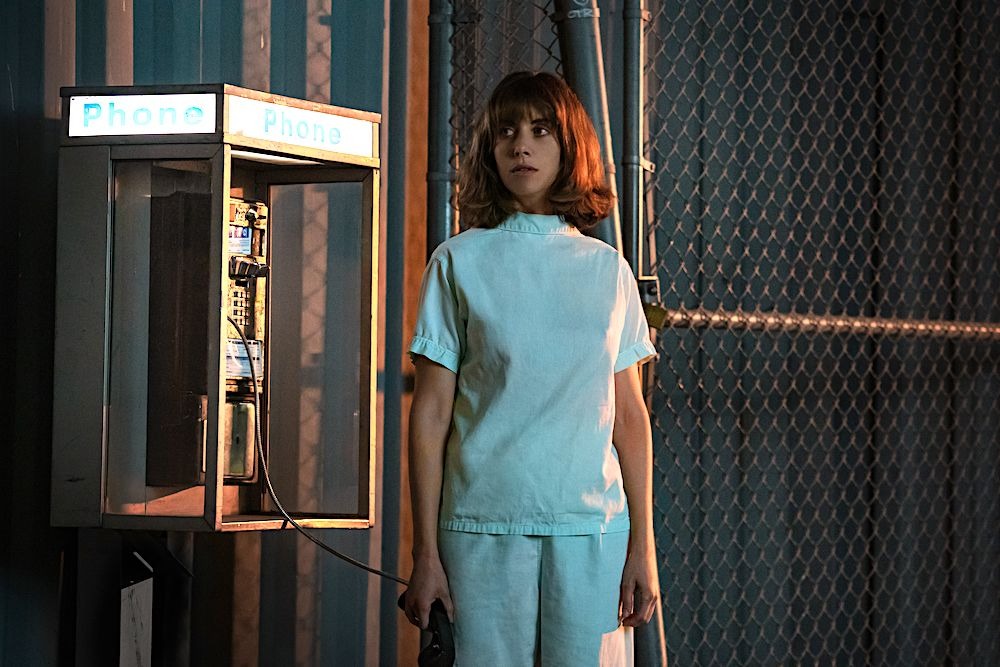The story delicately portrays Sarah’s battle with what appears to be schizophrenia, showcasing her experiences with compassion and subtlety.
During the Sundance Film Festival, Brie shared that her grandmother had suffered from the disorder, a personal connection that influenced the film.
Schizophrenia is often misunderstood as split personalities, though it primarily involves symptoms like difficulty discerning reality, typically emerging by a person’s mid-30s—coinciding with Sarah’s age in the movie.

Co-written by Jeff Baena and Brie, and directed by Baena, the film invites multiple interpretations, refraining from definitive explanations.
While its opening moments may elicit laughter—Sarah’s eccentric fashion sense and behavior evoke comparisons to Napoleon Dynamite—the story is not a comedy. Instead, it presents a poignant depiction of a woman alienated from society and grappling with her mental health.
Described by Baena as someone existing outside traditional social hierarchies, Sarah embodies the archetype of a “horse girl.” Brie elaborated on this, noting that horse girls often immerse themselves in unique interests, developing a distinct sense of confidence.
For Sarah, horses offer solace, particularly the one she visits after having to give it up for unspecified reasons—a therapeutic ritual underscoring her need for comfort despite her growing struggles.
Sarah’s disconnection extends beyond her equestrian passions. She experiences vivid dreams resembling science fiction, fixates on water, and reveals a family history of mental illness, including her mother’s tragic death.
Believing she has been abducted and cloned by aliens, Sarah’s convictions are portrayed with empathy, illustrating how her mind pieces together evidence to support her perceptions.
Audiences are left to decide whether Sarah’s alien theories are genuine or manifestations of her mental illness. From one perspective, her delusions vividly convey the isolation and altered reality often accompanying schizophrenia.
The film uniquely avoids labeling Sarah as irrational or “crazy,” instead illustrating the internal logic that governs her thoughts.

Brie emphasized their intent to immerse viewers in Sarah’s perspective, blurring the lines between reality and delusion. She initially pitched Horse Girl to Baena as a sci-fi thriller about a woman grappling with her family’s mental health legacy and the uncertainty of her experiences.
By the film’s conclusion, Sarah’s break from reality becomes increasingly apparent. While the final scene suggests she may have been abducted by aliens, an alternate reading points to her mental state as the root cause of her visions. Yet, a puzzling moment involving a horse challenges this interpretation.
At the beginning of the movie, Joan (Molly Shannon) glimpses a brown horse in the craft store parking lot. Near the end, Sarah, dressed as her grandmother, appears to lead the same horse through the lot, where Joan once again sees it.
This raises the possibility that Sarah’s perception of events holds some truth, especially as the horse’s presence connects the two scenes.
The ambiguity deepens when considering whether Sarah imagines Joan witnessing the horse. However, given that Sarah didn’t notice the horse earlier, and Joan is portrayed as reliable, this seems unlikely.
When asked about the ending, Baena and Brie acknowledged its interpretative nature, emphasizing that the film reveals within Sarah’s subjective reality.
Brie and Baena also highlighted that Joan’s perspective, shown briefly at the film’s beginning and end, offers a rare shift from Sarah’s viewpoint.
These moments provide a subtle but remarkable layer to the narrative, leaving audiences questioning what, if anything, can be trusted as objectively real.



